
Cats cuddling
Facts About Cat Affection
- Cats absolutely care about humans, but cats don’t give the same types of affection as dogs
- Due to their nature and evolution, cats haven’t really had to show such outward, expressive affection as compared with other domesticated animals
- Cats show affection to humans by head-butting, blinking slowly, and displaying comfortability in their living space
Which species would you say is more affectionate: cats or dogs? We don’t know about you, but our gut answer to the question above is… dogs.
But why is that? Why is it so ingrained in our brains that dogs are cuddlier than cats? Perhaps it’s because there’s a fundamental misunderstanding between humans and cats about how the other to show affection?
At least, that’s the most basic summary of Sirin Kale’s article over at GetPocket.com. In the following blog, we use Kale’s article, along with additional veterinary sources, to better explore the misalignment between our species’ expectations.
Do Cats Care About Humans?
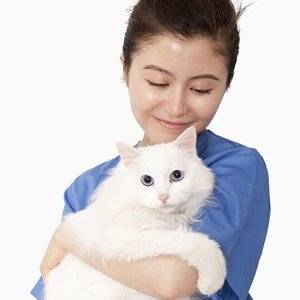
Cat bonding with owner.
Yes. Cats absolutely care about the humans that they are bonded to.
However, for some reason, many people don’t think that cats genuinely bond to humans. Instead, many people think of cats as opportunistic little sloths who use humans for food and to provide a warm bed.
Don’t misunderstand us: this is an accurate description of cats. But, while cats are certainly opportunistic little buddies, they definitely do care about humans. But, as Siracusa points out..” “..Humans hug and kiss. Dogs become very excited and jump around. Cats don’t do anything like that. They much more elegant. Cats approach us. They bump their heads (against us). Then they have some contact with us and …then walk away.”
According to a 2021 paper co-authored by Dr. Saho Takagi of Kyoto University, cats mentally track the locations of their owners by their voice even when they can’t see them.
Cats who participated in the study were played audio of their owners calling their names. Later, Takagi played the same audio, only this time she moved the audio’s source within the room. This startled the cats greatly.
“These findings suggest that cats are quite concerned about their owners,” she says. “They may be watching their owner’s every action carefully, thinking about what will happen next.” This makes sense to us, as we believe cats form attachments to us beyond just their love of fish (though, that too!).
Kale’s article goes on to cite that even Dr. Carlo Siracusa of the University of Pennsylvania believed that cats get attached to humans and animals alike. Also, a study discussed by Wag says cats have favorite people which they consider a source of comfort and security.
“Okay.” you might say “But, don’t dogs feel that way too? At least dogs actually go out of their way to show you how much they want to be around you. Cats might as well tell you to get lost! So, what gives?”
Well, Kale says, this is where the big misalignment between our two species starts to become more clear: cats are just…not dogs!
Why Don’t Cats Show Affection Like Dogs?
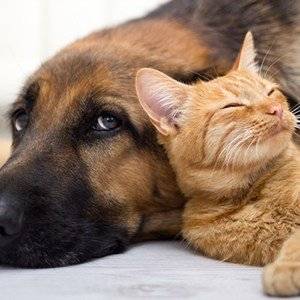
Cat cuddling dog
We get it, we really do. We sometimes wish our purry pal was as openly affectionate and loving as our pup. Unfortunately, they just aren’t ever likely to ever be that way.
This, Kale’s article suggests, is because cats are descended from the solitary African wildcat and this makes them naturally aloof and ambivalent to affection. Being aloof and neutral to affection is also a way of survival; they don’t let their guard down. This is all spot-on information. The modern house cat did descend mostly from the African wildcat, which is a solitary, nocturnal hunter. However, this fact does not really dig deep enough at the root of the question for our satisfaction.
To do that, we have to confront the implications of the fact that cats were never domesticated the way dogs were. Like dogs, cats’ domestication was likely the result of friendlier wildcats being tolerated by humans. This diverged from their wild ancestors over time, as with dogs. However, dogs began to have their species’ completely bred and cared for, entirely by humans, more than five thousand years ago.
This simply did not happen with cats. Instead, researchers can’t find evidence of humans purposefully breeding cats until roughly the Middle Ages. In the meantime, the somewhat-tame cats of yesteryear continued to leverage their mostly-wild behavior and mate with local wildcats. The trait that our tamed cat continues mating with wild cat populations perpetuates a non-friendly impression that we normally associate with domesticated animals. These signs of domestication include infantilization of facial features, small tooth size, and, most importantly, docility.
But why did this happen? Why did cats continue to mate with their wild ancestors and stay half-domesticated when there was such a sweet deal waiting for them with humans?
If we had to guess, there are two reasons:
- Cats are not pack-driven animals, so they have little social need or innate desire to cling to the companionship of humans and forego their wild ways
- Cats staying wild was a survival advantage to them; it allowed them to retain the physical advantages of their ancestors. Such as their ability to tolerate extreme heat and survive on very low water. Meanwhile they also only maintain contact with humans as much as they want to
That second point is vital to both Kale’s and our discussions. Unlike dogs who seem wired to try and please humans as much as we want them to, cats are self-sufficient. They simply follow their own nature. For them, that means displaying gentler, more discreet shows of affection. As opposed to our canine buddies, who simply will get up in your face to tell you they love you..
Simply put, cats want everything on their terms. So long as you respect that, they’ll give you as much affection as your heart desires….but…in their own special ways.
How do cats show affection?
Sure. Maybe your cats aren’t going to wag their tails in delight at the sight of you. But that doesn’t mean they don’t love you immensely! Instead, cats express their love in softer, subtler ways.
Comfortability in their living space

Curious cat on owner
You may notice that your cat’s affection sometimes is limited to wandering around while you’re vaguely in the same room as them. This may come off as disinterested, but nothing could be further from the truth! Cats who are comfortable with the people and things in their environment are more likely to explore and interact with their surroundings. If your pet likes to roam while you’re near, that’s a good sign they trust you.
Body Language
Cats are masters at using subtle cues in body language to communicate their emotions and mood. Often, cats will configure their tails in certain positions to communicate affection. For example, cats who are feeling affectionate may position their tail upright with a slight curve at the top.
Additionally, cats will interact more intimately with people and creatures they feel most comfortable with. If your cat feels comfortable enough to expose their belly or to walk between your legs, it’s likely that your cat is trying to say: “Hey, I love you!”
Vocalizing
You know what we’re talking about. When you’re all snuggled up and you feel that light rumble start. Oh yeah – we’re talking about purring.
Everyone knows that cats purr when they’re happy and content. However, it goes even a bit deeper than that! Scientists have recently found that the low frequency of purrs can cause a series of other vibrations to begin in cats’ bodies. The low-frequency vibrations of purrs can help cats:
- Heal injuries to bones or wounds
- Aid in muscle recovery and tendon repair
- Assist in breathing
- Reduce inflammation, swelling, and pain after injury
So, if you’re stroking or petting your cat and you hear a low purr, then don’t you dare stop! Not only does that cat love you, but they might be healing!
Eye Contact
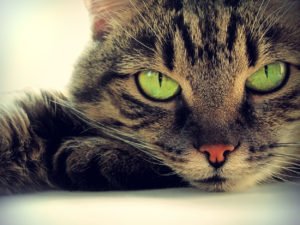
Cats make contact with people they trust
Believe it or not, cats actually do more than just look with their eyes. Instead, cats make eye contact with people who they like and trust. In fact, it’s been shown that cats will sometimes give ‘eye kisses’. Cat eye kisses are when cats make direct eye contact with a person and slowly blinks, repeatedly.
Grooming
Everyone knows that cats are hyper-hygienic animals. In fact, grooming is one of the most intimate forms of bonding between cats! So, when a cat decides to lick their humans and mingle their scent with ours, you know that they’re telling you one of two things. Either you stink, they love you, or both.
Head-butts and cheek rubs
While in kittenhood, cats learn that there are certain, socially-accepted ways of interacting with one another to show affection. One of these ways is to mark and mingle scents by rubbing against one another.
This is where the practice of cheek rubbing and head-butting comes into play! When our pointy-eared pals press their heads to ours or brush up against us, they’re not just trying to say “Hey, pay attention to me!”. They’re also trying to say, “Hey! I really love you!”
It’s no wonder why your cat would be trying to say that they love you. After all, if we were raised by pet parents like you, we’d be finding ways to say we love you too!
That’s why we know you’ll continue to browse our cat blog and keep yourself up to date with how to keep your kitty happy and healthy. Alternately, we have other blogs on rabbits, goats and dogs for your entertainment. For example, do you know that your dog’s food or water bowl could be making her/him sick? Same goes for cats!
Share this Post
Featured Post
Recent Posts
Why is my Cat peeing everywhere? all the time? All you need to Know about Feline Idiopathic Cystitis
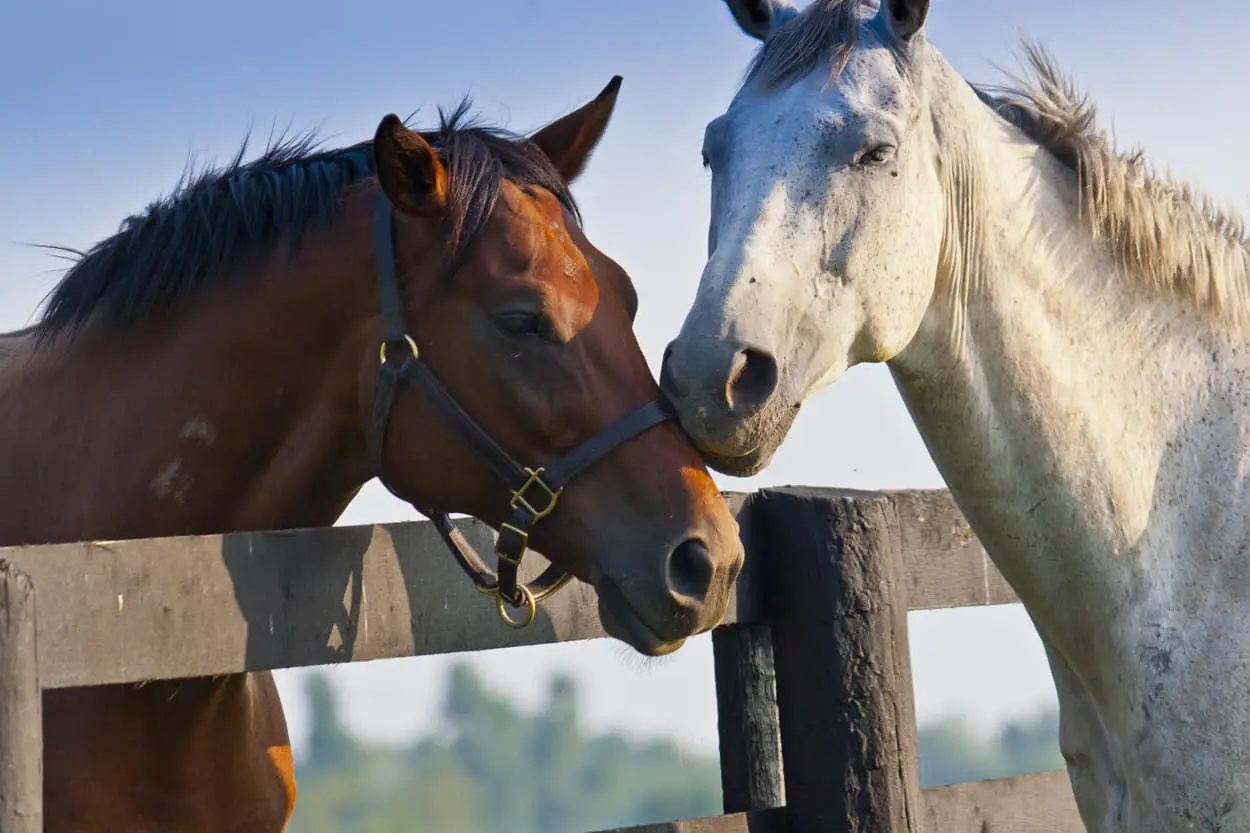
Do horse coat colors affect their behavior?
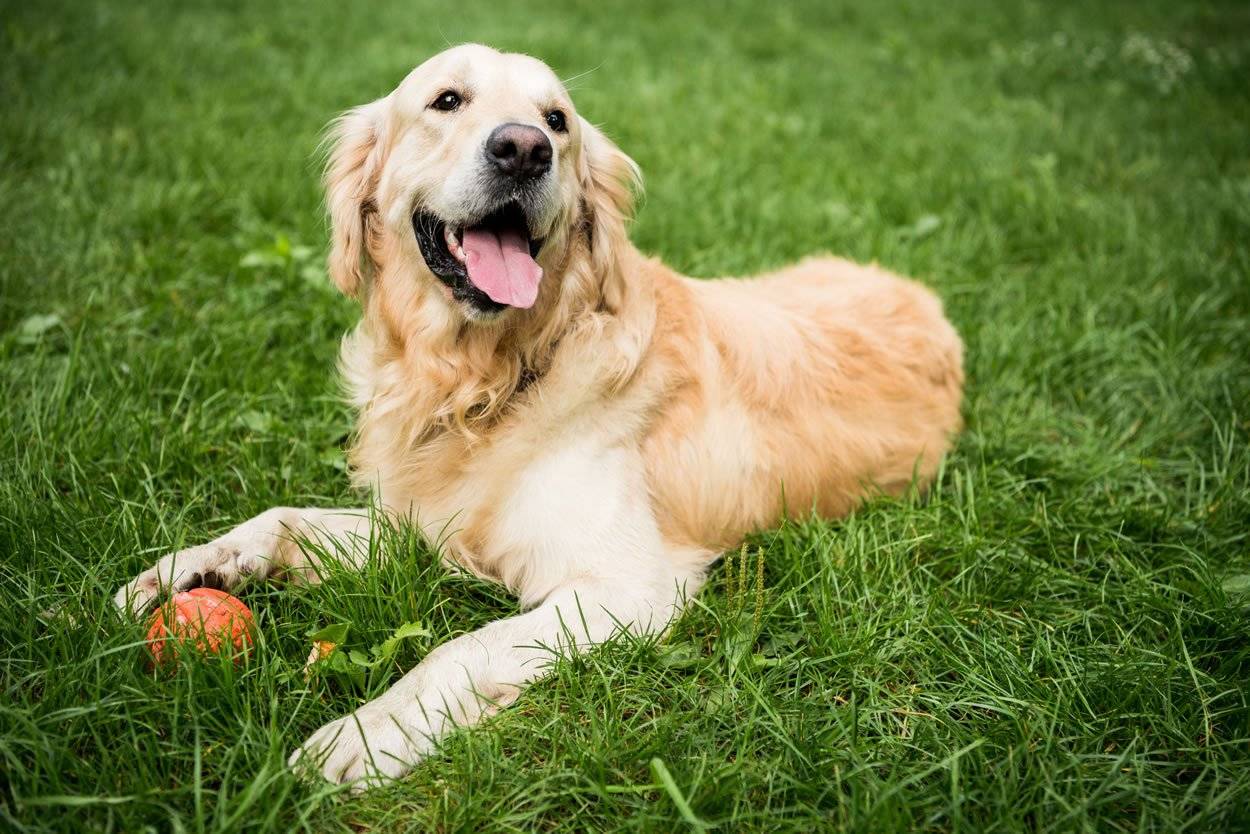
Lipomas….mysterious Lumps & Bumps on your pup…When should I worry? What should I do about them?
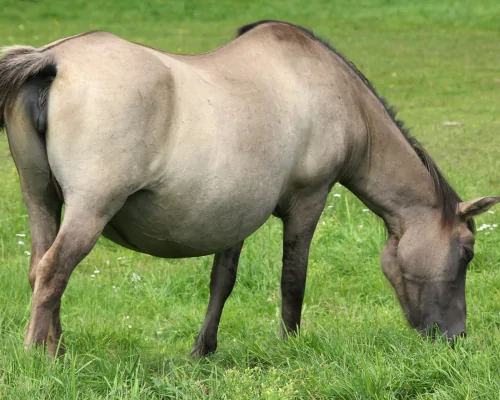
Managing the Mamas –Part 2 –The Foal development process
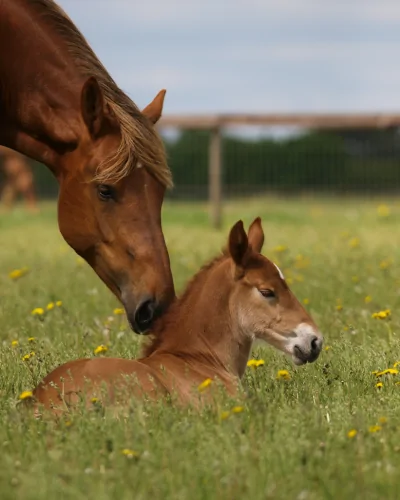
Managing the Mamas: Part 1 – Preparing to Breed Your Mare


